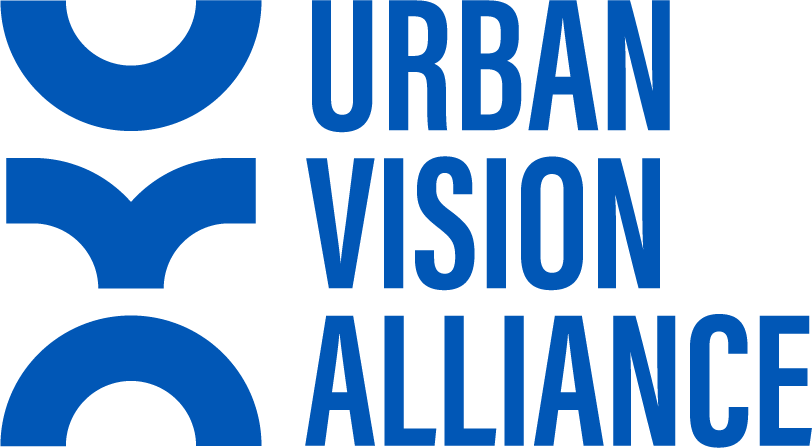Collective Impact is based on organizations that form coalitions across sectors to make meaningful and sustainable progress on social issues. The approach brings people together in a structured way to collectively define the problem, create a shared vision, coordinate efforts, and work towards clearly defined goals. Sources: Collective Impact Forum & Wikipedia.
Continuums of Care (CoC) are local planning bodies responsible for coordinating the full range of homelessness services in a geographic area. A CoC may cover a city, county, metropolitan area, or an entire state. Source: The U.S. Department of Housing and Urban Development.
Criminalization of Homeless People refers to increasingly popular laws that prohibit or severely restrict a person’s ability to engage in necessary life-sustaining activities in public, even when that person has no reasonable alternative. Examples of criminalization laws include prohibitions on sitting, standing, sleeping, receiving food, excreting, asking for help, and protecting oneself from the elements: all actions necessary for survival. Source: Hiding Homelessness: The Transcarceration of Homelessness.
Ecosystem is, in general use, a complex network or interconnected system. Source: Lexico
Housing First is a homeless assistance approach that prioritizes permanent housing for people experiencing homelessness. It’s guided by the belief that people need basic necessities like food and a place to live before attending to other issues. Additionally, client choice is foundational in housing selection and supportive service participation. Source: The U.S. Department of Housing and Urban Development.
Housing Inventory Count (HIC) is produced by each CoC and provides an annual inventory of beds that assist people in the CoC who are experiencing homelessness or leaving homelessness. Source: The U.S. Department of Housing and Urban Development.
Rapid Re-Housing is a subset of Housing First, providing short-term rental assistance and services. The goal is to help people obtain permanent housing quickly and generally targets people with low to moderate service needs. Sources: National Alliance to End Homelessness & Wikipedia.
Residential step-down housing provides temporary, safe, stable housing for people to live after they have completed treatment or services programs so they may continue seeking treatment and services for issues such as substance abuse. Treatment and services may take place on or off the premises.
Transcarceration is the movement of prisoners or institutionalized mentally ill persons from facility to facility, rather than from a prison or an institution back to the community, as when a prisoner is transferred to a halfway house or to a drug-treatment facility. Source: Legal Lingo.
Transformational housing is a type of housing for individuals and families that is designed to provide a safe, supportive environment. It’s meant to address the issues that lead to homelessness and provide tailored programming to assist individuals as they move toward self-sufficiency and permanent housing.
Transformational housing vs. transitional housing: Transitional housing, as defined by the Department of Housing and Urban Development (HUD), is limited to a stay of up to 24 months. Transformational housing (which evolved from the lessons of transitional housing), allows individuals to stay as long as they need to reach self-sufficiency, though most stays range from three months to three years. Source: The U.S. Department of Housing and Urban Development.
Unaccompanied Youth are children and young adults, under the age of 25, who are experiencing homelessness “unaccompanied”—that is, without a parent or guardian present. Source:The U.S. Department of Housing and Urban Development.
Ways to Join Us
Donate
Every dollar leads to positive impact.
Be an Ambassador
Use your connections for a cause.
Join the Alliance
We’re looking for companies that care.
